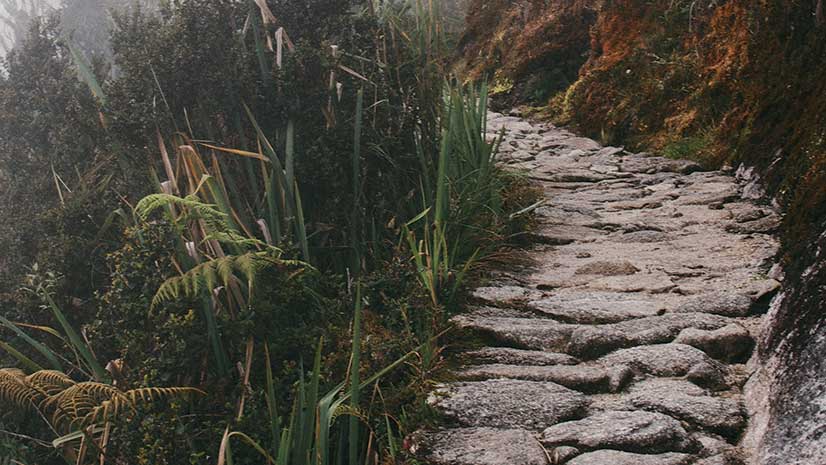My Uncle Wally passed away recently at the age of 87. He was unquestionably one of the best storytellers I have ever met. He was always quick with a one-liner and was current on the latest jokes. Uncle Wally was one of those pivotal people that helped funny things go viral. In fact, he would tell a joke to hundreds of people in one week. And of course, everyone would pass it on, as his or her own. (Yes kids, this is an accurate example of the pre-Internet era.)
As a young kid, I vividly remember one joke that he told about public works. It went something like this:
“Did you hear about those guys down at the city’s public works department? They are worried about their jobs. It seems the someone invented a shovel that can stand up all by itself.”
Oh, how we laughed. But honestly, it was a long time ago. I am not sure I knew what a public works department did. But I still remember the joke all the same.
I guess you could say he was perpetuating a stereotype that some people had about what a public works department does. Certainly, it was an incomplete picture of the work engineering and public works departments actually perform.
Fast-forward to my time spent working with engineering and public works departments in state, county, and municipal government. I have witnessed firsthand their advocacy of the use of technology and GIS. It seems Uncle Wally may have been misguided in thinking that a new shovel was the closest public works professionals get to embracing new tools.
Public works disciplines have advanced computerized modeling, enterprise resource planning (ERP), computer-aided drafting, GPS, and automated field data collection.
In hindsight, it seems that my Uncle Wally’s joke pointed to the need to highlight the important work public works performs in building and maintaining our critical infrastructure.
Public works professionals have always recognized that technology improves service to the community, from the first traffic signal to computerized modeling of infrastructure to being one of the first departments to embrace modern civic engagement through graffiti and pothole reporting applications.
From where I sit, I can honestly say that public works professionals have always pushed the envelope of technology.
Now that we are seeing a rise of tech-savvy professionals across all departments, coupled with the rise of smart communities, how can public works disciplines continue to stay ahead of the pack?
There are five trends I would suggest public works professionals immediately look at to stay on top:
- Shift to real-time operations.
- Embrace the new era of field mobility.
- Evolve civic engagement.
- Lead through advanced data and analytics.
- Achieve success through performance management.
If you follow these trends, you will help your organization move through its next digital transformation, helping you rise to the new expectations of citizens, IT-savvy community leaders, and neighboring organizations.
For example, drones are improving inspections of roads, bridges, and water infrastructure. Sensors and artificial intelligence are altering traffic patterns in real time. Operations dashboards are integrating real-time data from sensors, staff, and citizens to improve performance.
There is more than enough evidence that these trends are moving past the stage of early adoption and are becoming integrated into mainstream operations. GIS is evolving with these trends, resulting in solid solutions that improve day-to-day management, enhance decision-making, and streamline workflows. In fact, you’ll find that GIS is the foundation for creating constantly connected and proactive operations.


